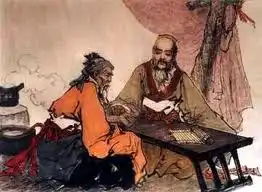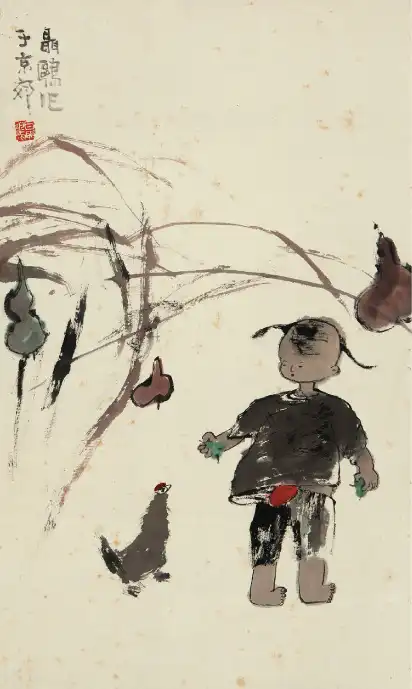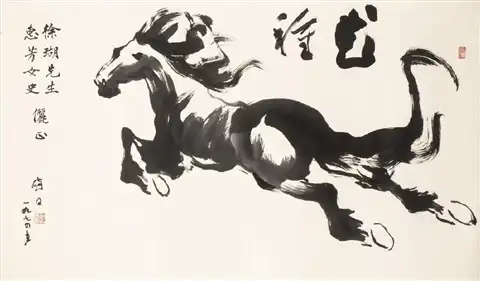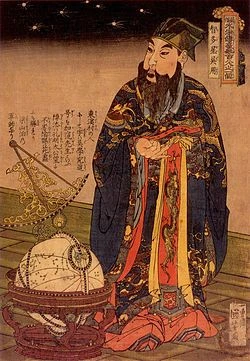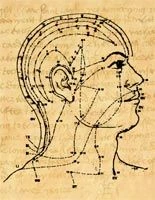Introduction to the disharmony
Major symptoms:
- nosebleed
- coughing up blood
- spitting blood
- vomiting blood
- blood in the urine
- blood in the stool
- rashes
“Heat in the blood” is a dangerous condition in which a febrile disease has passed the superficial (defensive) Qi, and nutritive Ying levels of the body and has entered the blood. Febrile disease is associated with heat therefore when it enters the blood heat enters the blood. Whenever there is heat there is movement; the more intense the heat - the more intense the movement. Thus “Heat in the Blood” means that the blood moves strongly and recklessly, often forcing out of the blood vessels, causing bleeding. Therefore symptoms of “heat in the blood” are nosebleed, coughing up blood, vomiting blood, spitting blood, blood in the stool or urine. Rash is another major symptom of “Heat in the Blood” as the blood is forced out of the vessels manifesting in skin outbreaks. (1)
Major Chinese herbs
A very famous herb in traditional Chinese medicine used for cooling the blood is Chinese foxglove root – Sheng Di Huang (Rehmannia glutinosa). The herb itself is a very interesting one. Chinese have a saying “I have visited a new place and returned from an old one simultaneously, what herb am I?” (3) pg.136 Here the “new place” is referred to as the raw form of foxglove, while the “old place” is referred to as the processed form of the same plant (called Shu Di Huang). When the root of the herb is steamed and dried in the sun its properties completely change as if it became a different plant. Raw foxglove root cools the blood, processed foxglove root tonifies the blood. (3)

Ningpo figwort root – Xuan Shen (Scrophularia ningpoensis), also translated “dark root”, is another herb commonly used to cool the blood. It also relieves constipation and irritability, caused by the intense heat of the warm febrile disease, and treats severe throat pain and swelling. Its property to soften hardness makes it suitable to treat neck lumps. (1)
Mu Dan Pi (Paeonia suffriticosa) cools the blood and is used also for the cases of Liver Fire, manifesting in red, swollen and painful eyes (the Liver governs the eyes), headache (the Liver channel passes through the head), and hypochondriac pain (where the Liver is located). Zi Cao (Arnebia euchroma) cools the blood and is also applied topically for lesions and burns. Lyceum bark – Di Gu Pi (Lycium chinense), translated as “earth bone bark” – enters the Lung and Kidney to clear Lung heat causing cough, and fire in the Kidney channel. Stellaria root – Yin Chai Hu (Stellaria dichotoma L.) cools the blood and also reduces childhood nutritional impairment. (1)
Healing Foods
Foods and spices that are appropriate for the condition “Heat in the Blood” are foods that cool the blood and have a contracting effect on the blood vessels.
To unlock the rest of this article select "Yes, I want to learn!" below.
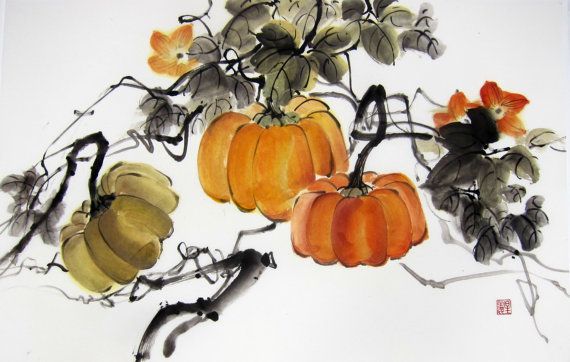
Food therapy is the most economical and non-toxic biochemical approach to health and disease. Food is something we continuously use to sustain our lives. Learning what foods are healing (and what disruptive) for each condition has the potential to convert every meal into a form of therapy.
YS
(1) Benski, Dan & Gamble, Andrew (1993). Materia Medica, Revised Edition. Seatle: Eastland Press, Incorporated
(2) Pitchford, Paul (2002). Healing with Whole Foods. Berkeley: North Atlantic Books
(3) Lu, Henry (2005). Chinese Natural Cures. New York: Black Dog & Leventhal Publishers, Inc.
(4) Holmes, Peter (1998). The Energetics of Western Herbs. Boulder: Snow Lotus Press, Inc.
Related Articles:
Herbs That Invigorate the Blood
Note: This site and its services are to consumer educational use only. Nothing contained in this site is or should be considered, or used as a substitute for medical advice, diagnosis or treatment. We advise users to always seek the advice of a physician or other qualified professional with any questions regarding personal health and medical condition. Please read our Disclaimer

